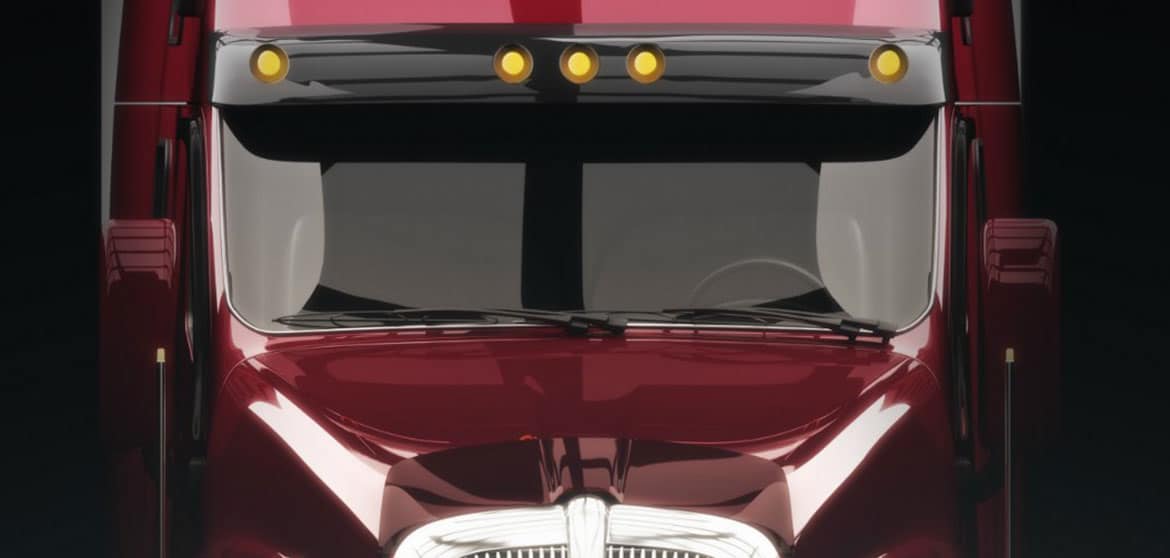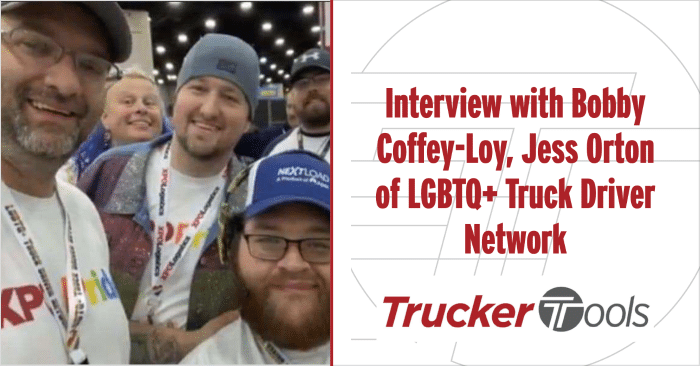If you’re in the trucking business, you’ve probably heard of The Mid-America Trucking Show or MATS for short, which began in the 1970s. Since then, it’s become one of the most important events of the year for truckers. It is a three-day conference for owner-operators and carriers that brings together brokers, shippers, 3PLs, truckers, owner-operators and vendors from all over the world to network, attend educational sessions and learn about new technologies and services.
MATS will be held this March 28 through March 30 in Louisville, Ky., at the Kentucky Exhibition Center, near the Louisville International Airport. Over that three-day period, owner-operators and small trucking companies can gather information, make new connections and learn new skills that can impact their businesses significantly over the coming year.
Educational Sessions
MATS offers daily educational seminars for owner-operators and carriers on business management, strategy, safety, negotiation, industry trends and the value of emerging technologies. If you attend, you can learn how to start your own trucking company, how to use technology to grow and manage your trucking business, and how to negotiate the most profitable freight, as well as other skills that provide a high return on investment.
Seminars are held from 10:00 AM every day of the show until late afternoon. Presenters this year include Brett Hutto from Truckstop.com, the Federal Motor Carrier Safety Administration, Apex Capital, UrgentCareTravel and yours truly. I’ll be speaking on Thursday, March 28, at 12:30 PM in room B-104 on how owner-operators and small carriers can navigate the biggest obstacles to success. For a full schedule of MATS educational seminars, visit the MATS website.
The Biggest Trucking Expo in the United States
The MATS exhibition hall is a must-see for most industry professionals because of its size: it is the largest trucking expo in the United States. This year, there will be more than 1,000 exhibitors on the show floor. For owner-operators and small carriers, the exhibit hall is a great place to meet and reconnect with business partners, see new technology up close and personal, talk to product experts and see live demos.
Exhibitors at this year’s show will include trucking companies looking for drivers, bloggers, industry media, parts and tools vendors, software companies, insurance professionals, trucker associations, training companies and many more. Trucker Tools will be there as well. Visit us at booth 69185 in the West Wing near the Pavilion if you’d like to learn more about our free mobile app that connects owner-operators and small carriers with brokers, 3PLs and shippers.
Entertainment at MATS
For the eleventh year in a row, MATS will host a free concert on Friday, March 29, at 7:00 PM for all attendees in Freedom Hall at the exhibition center. This year, country artists Michael Ray and Runaway June will be performing. Red Eye Radio will also be hosting live appearances and musical performances by country artists such as Grammy-award winner Gretchen Wilson, Jesse G. and Bridgette Tatum throughout the three-day conference.
One of the major events at MATS is the annual PKY Truck Beauty Championship, the country’s premier truck beauty show that recognizes the best tricked-out trucks and rat rods. The championship celebrates heavy-duty, working show trucks and is a lot of fun. This is the 30thanniversary of the PKY championship. You can see check out the contestants in Lot J behind the West Wing of the exhibition center. Award categories include best in class, Best of Show, the People’s Choice and others. PKY award winners will line-up for a victory lap around the exhibition center on Saturday evening to close out the show.
Opportunities for Growth
In addition to being one of the biggest trucking shows in the United States, MATS is the most well-attended, diverse trucking show in North America. It’s a prime opportunity for owner-operators and carriers to make new connections, foster new business and learn more about what’s trending in trucking, from brake components and truck parts to the latest electronic logbooks and mobile apps.
If you’re attending MATS, please stop by the Trucker Tools booth (#69185) to enter our contests, check out our free mobile app for drivers and give us feedback on the app if you’re a current user. We’ll be running contests every hour between 10:00 AM and 4:00 PM during the show. To enter, take and share a photo on Twitter or Instagram or comment on our Facebook post using the hashtag #TTatMATS for a chance to win one of the $50 Walmart gift cards.
Safe travels, everyone! I will see you in Louisville.
And in a market already short of drivers and tight on capacity, drivers have a choice: put up with shippers who waste their time, or reject those loads and gravitate to shippers who respect and support the driver, turn them around quickly with quality loads, and recognize for drivers, time really is money.
According to industry research, at peak in 2018, the average truck hauled 3.73 loads per week, leaving reasonable room for 1.27 more loads if it weren’t for excessive detention time. That equates to a potential additional $1,417 in revenue for the driver. How could this additional income impact carriers?
It’s absolutely critical for small carriers, those with five trucks or less as well as single-truck owner-operators. These are business men and women. The opportunity to handle more loads in the same available time through lower detention make more efficient use of their time and helps them sustain a profit. When they sit, they are essentially losing money. And when that happens, we lose them as providers and that capacity either goes away or to someone else.
Today a typical over-the-road truckload driver actually drives about 6.5 hours of the 11 hours available in a day. By one industry estimate, average detention times can range from 2 hours to as much as 5.5 hours. The same research showed that only 3% of detention time invoices gets paid to carriers, leading to very low profitability or even losses. That is why carriers are self-selecting to work for the more efficient shippers.
If detention time comes down by even 1 to 1.2 hours, pushing actual driving time up to 8 hours per day, that potentially could add up to 20 percent more available truck capacity into the supply chain. It’s just better utilization of what we have today, without adding any more resources. And it puts that much more money in the driver’s pocket, keeping them in the game.
The other upside for shippers: the potential for lower rates, or moderated rate increases.
How can this be in a tight market? Today, the carrier bakes into their freight pricing the projected cost of detention. As detention comes down the carrier doesn’t have to account for this cost, an efficiency gain which ultimately is reflected in the rate. To unlock this hidden capacity requires no other investment that shippers being more responsive and effective in planning for efficient, fast-turn driver loads and unloads. And giving that driver the proper respect earned for a difficult job well done.
It’s also good for the carrier, which may seem counter-intuitive. Think of it this way. If you can increase capacity by reducing detention time, the carrier could potentially move another 5 extra loads a month. And even if rates moderate, and profit per load is marginally less, the driver is moving more loads in the same total available hours – and overall making more money.
Less detention time also increases accurate predictability of when the shipment will make delivery, and when that truck becomes available for the next load. So the trucker is securing more loads earlier, and faster, with less time waiting in between.
At the end of the day, lower detention means more available capacity, assets better utilized as more freight moves with the same number of trucks, and drivers earning more. That’s a winning formula for all the players in ever more cost-effective supply chains.
(For another perspective on detention and its impact on trucking capacity, read this story at Freightwaves.com)






